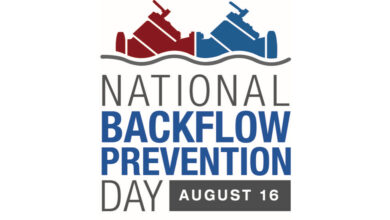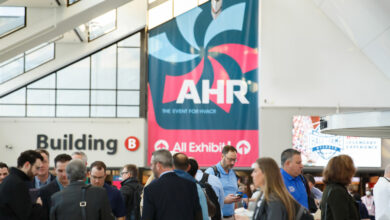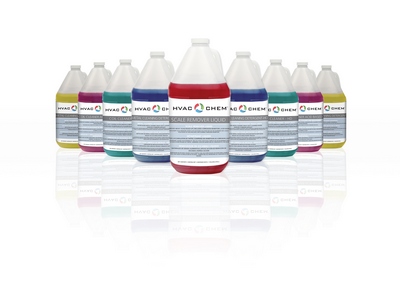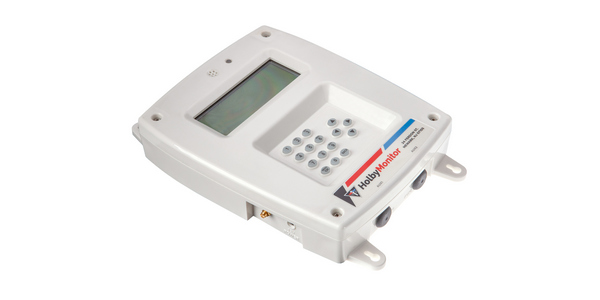Danfoss Symposium Addresses Sustainable Energy
On June 3, industry participants gathered in Washington, D.C., for the 24th Danfoss EnVisioneering Symposium, “Integrating Building Systems for Sustainable Energy,” to discuss the connectivity, community-level regulation, utility integration and management and new building-grid dynamics that are forming a path to a future of buildings very different than the existing built environment.
During the symposium, participants explored new opportunities in building integration strategy opened by developments in internet-building interface and sensor technology, experiments in community-scale building performance initiatives and often-overlooked dynamics in building-grid management.
Congressman Adam Kinzinger (R-Ill.), who serves on the House Energy & Commerce Committee, opened the event with an overview of challenges to a national energy strategy and an outline of one focusing on not only asset use, but also workforce development and regulatory frameworks.
Turning to developments in research and the commercialization of new technology, Azizan Aziz, assistant research professor at the Center for Building Performance and Diagnostics at Carnegie Mellon University, and Mike Schell, vice president of marketing and business development at AirTest Technologies Inc., outlined new possibilities in remote building management and increasing occupant control, which drive higher building energy performance.
According to Aziz, returning building control to occupants while advancing energy performance is possible through the development of building designs where data, intervention, and occupant education and behavior change are considered.
Schell specifically looked at how the shift to wireless technology can open new possibilities for low-cost installations and at how sensors and connectivity put high-performance/high-comfort buildings within reach. He suggested that the building of the future – considering only 1 percent of the total building market is new construction – will be the buildings of today, but that working with these existing buildings will require industry to face some of the deeper challenges including the proliferation of moisture and mold problems, building temperature control that no longer controls moisture, and the cost of technology.
The 24th EnVisioneering Symposium made clear that buildings of the future and the industries that deliver them will be very different than today. Forces already in motion are driving profound change. Industry watchers know that big change means big challenges. Participant discussions seemed to agree that it also means big options and big decisions lie ahead – and perhaps not as far ahead as was once thought.





